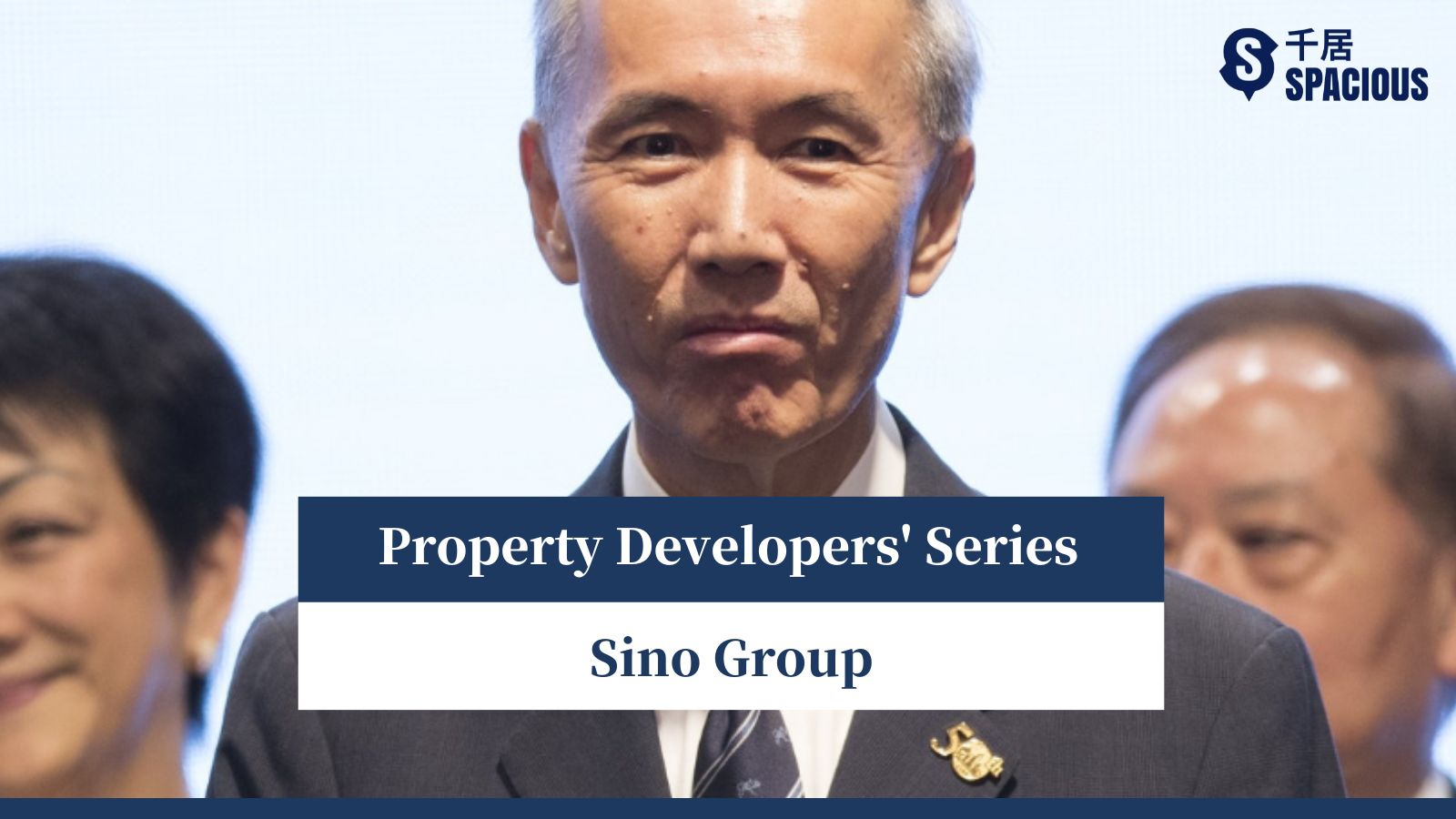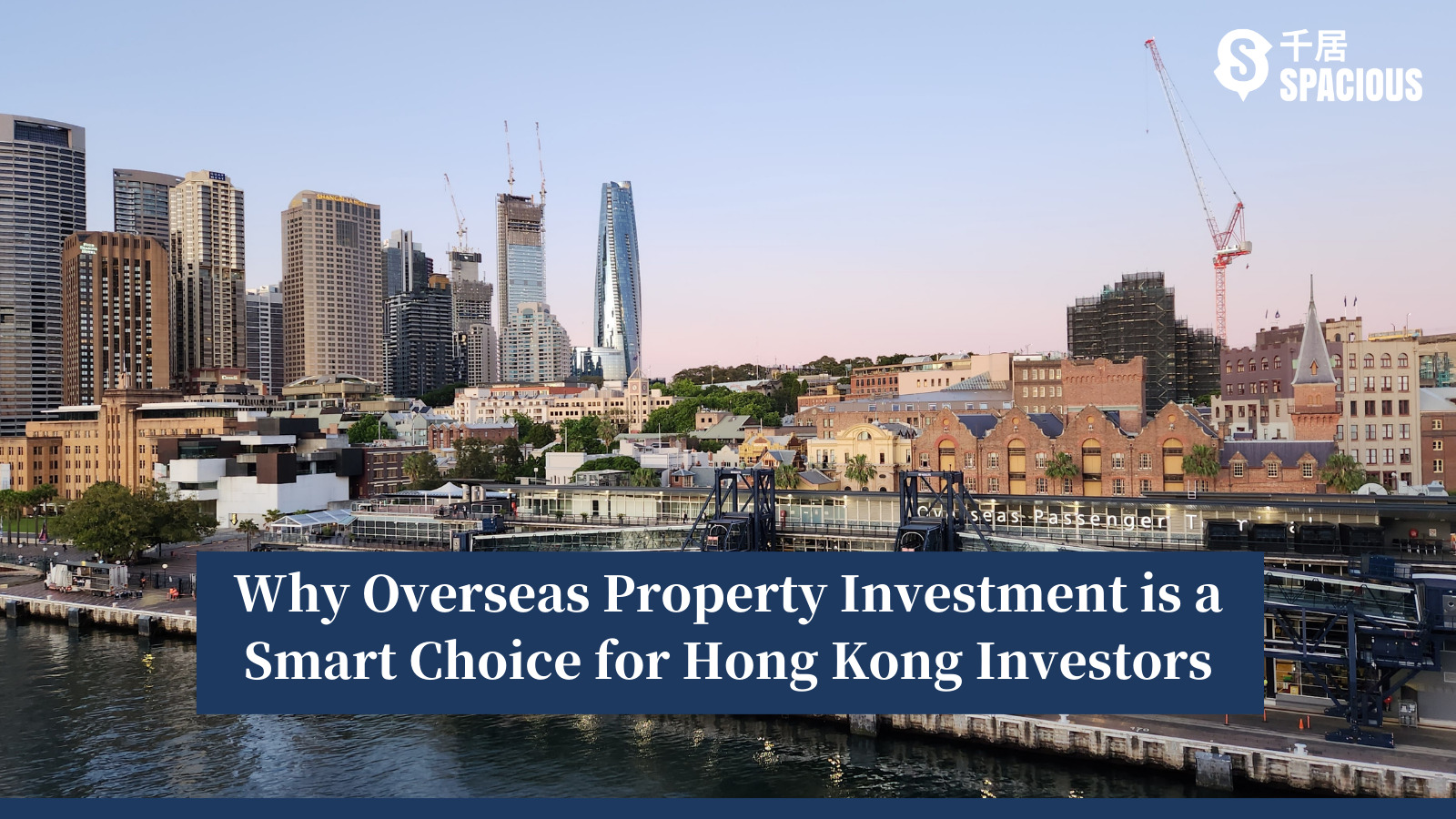
Hong Kong is facing a housing shortage, and many citizens are forced to live in subdivided flats. According to statistics released by the Census and Statistics Department in 2021, there are approximately 107,000 subdivided flats across Hong Kong, housing a total of 215,700 people. The average household size is 2 persons, with an average living space of about 65 square feet per person.
Apart from tiny living space, subdivided flats are also facing several problems.
Jump to: Legal v.s. Illegal Subdivided Flats | No Independent Water & Electricity Meters | Illegal Subdivided Units in Industrial Building | Alternate Rental Options: Co-living or Shared Housing
Not All Subdivided Flats are Illegal
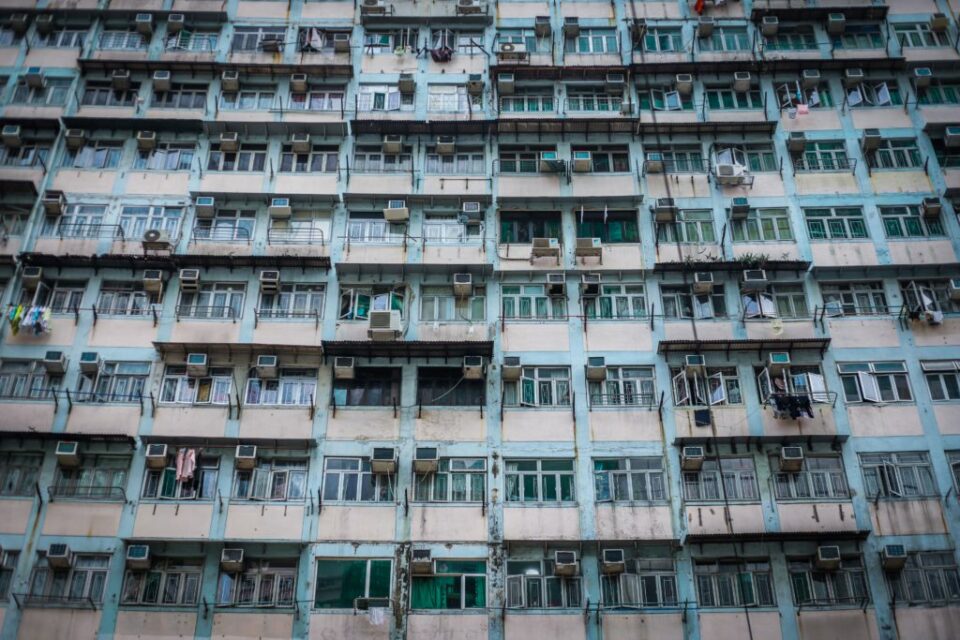
Subdivided flats refer to individual living spaces created by dividing a unit into two or more separate units, which are then rented out as residential units to increase rental income.
Some subdivided units have their own kitchens and bathrooms, while others have to share these facilities with neighbors.
If the Deed of Mutual Covenant allows for the subdivision of units and the modifications have been approved by the Buildings Department, then the subdivided units are legal and compliant.
Compliant subdivided units are mostly found in old tenement buildings (also known as tong lau), while newer buildings usually have provisions in the Deeds prohibiting sub-division.
However, in the vicinity of core commercial areas such as Sheung Wan, Tsim Sha Tsui, and near universities like Sha Tin, and Tai Wai, there are also high-quality residential properties whose owners would violate the deeds and subdivide the units in order to maximize rental returns.
For example, Festival City in Tai Wai, which is close to the Chinese University of Hong Kong and originally a high-end residential property, has earned the infamous title of “subdivided unit city” due to the large number of owners who have subdivided their units and rented them out to mainland and international students.
To be compliant, subdivided flats must meet strict requirements for fire safety, environmental hygiene, ventilation, lighting, etc. However, the vast majority of subdivided units have poor living conditions, prompting the government to legislate against this phenomenon and increase inspections of older buildings to uncover illegal subdivided units.
Find rental properties on Spacious
Tenants may not Enjoy Water and Electricity Subsidies
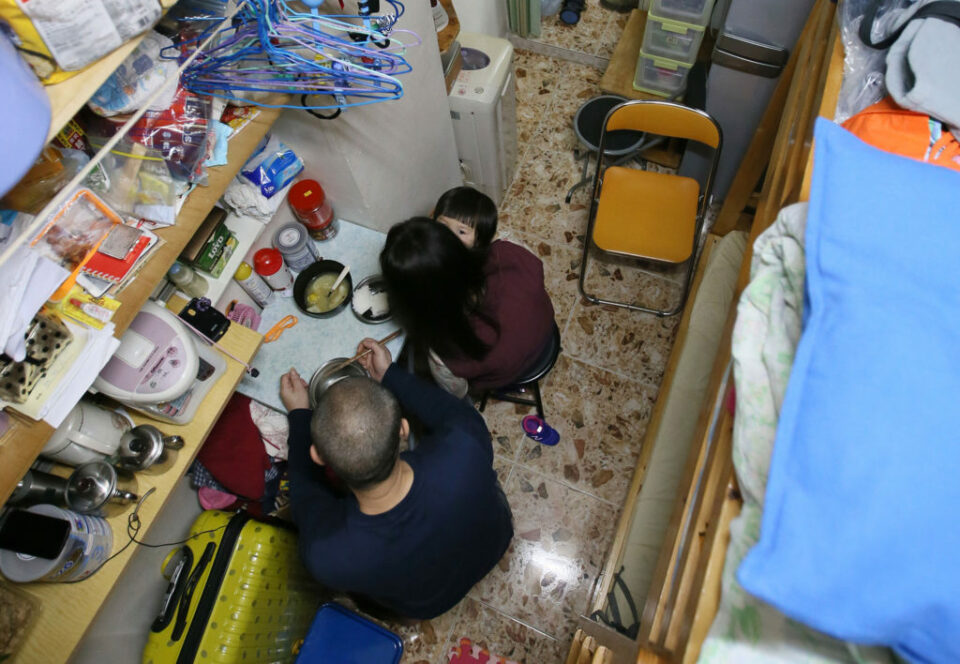
Illegal subdivided units often have water and electricity charges that are collected by the landlords, who are free to set their own prices, instead of being paid directly to the Water Supplies Department and power companies.
If there is an independent water and electricity meter, the charges are usually based on usage per unit; otherwise, the charges are often divided among multiple households. According to HKSWA in 2019, the median electricity charge per unit for residents of subdivided units was $1.6, and the median water charge per unit was $15.
Compared to the electricity charge from the power company, which is about $1.2 per unit, and the Water Supplies Department‘s current policy of providing the first 12 cubic meters of water for free, followed by a progressive rate that ranges from about $4 to $9 per cubic meter, the water and electricity charges for subdivided units are nearly double.
Although the government has introduced subsidies for water and electricity charges in recent years, the subsidies are deposited directly into the accounts of the units’ water and electricity meters, benefiting only the landlords of subdivided units. Residents can only continue to pay high living expenses.
In fact, landlords who earn the price difference may be committing a criminal offense. However, the power company, power supply company, Water Supplies Department, and other agencies will not proactively investigate. Many tenants of subdivided units are unaware of their actual water and electricity charges, and may not have receipts as proof of payment to the landlords. For low-income individuals who struggle to make ends meet, the cost of pursuing the landlords may be prohibitive.
Illegal Subdivided Units in Industrial Building
In addition to the subdivided units commonly found in tong lau , some landlords convert units in their industrial buildings into residential spaces.
For those landlords, the purchase price for industrial buildings is low, as industrial buildings are not charged with the Special Stamp Duty of maximum 20% as required for residential units (SSD has now been cancelled), making the investment cost much lower.
For tenants, the units in industrial buildings are spacious and have independent water and electricity meters, making them a viable option in the rental market.
However, subdivided units in industrial buildings are illegal as they violate the intended use of the building. There were cases in Tsuen Wan where such units were suddenly sealed off by the authority, leaving tenants with no choice but to vacate immediately.
Find rental properties on Spacious
Alternate Rental Options : Co-living or Shared Housing
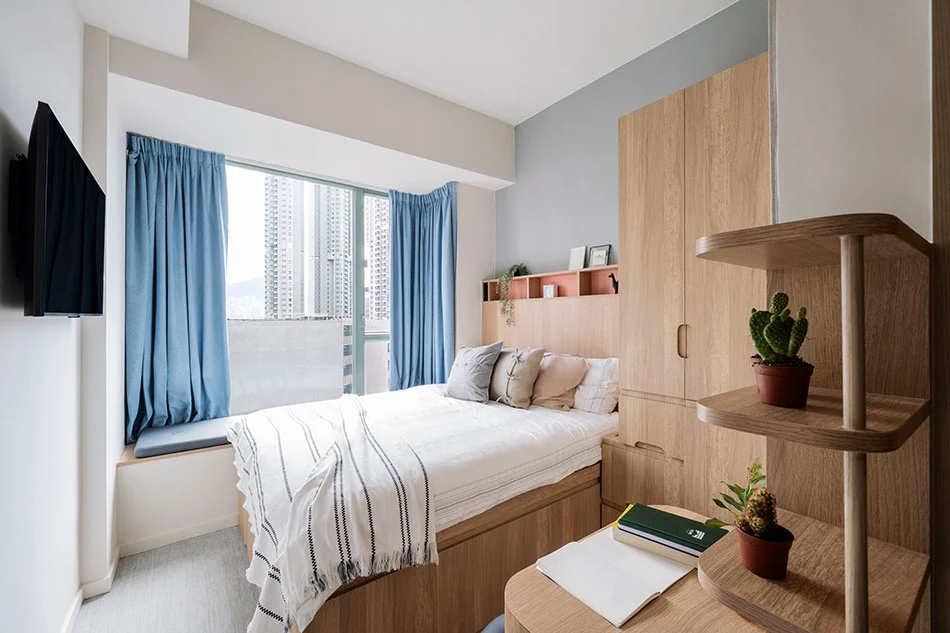
Living in affordable housing doesn’t necessarily mean living in inhumane conditions. In recent years, two new rental models have emerged in the city: shared housing and co-living.
Shared Housing
Shared housing involves multiple people sharing a single unit, with each person occupying their own room while sharing common spaces such as the kitchen and bathroom. Rent is split among the tenants based on the size of their room.
Shared units do not require any illegal structural modifications, thus avoiding problems such as sewage backflow. As long as the building’s deed permits it and the owner agrees, shared housing is a legal option.
Co-living
For tenants who don’t want to search for roommates on their own, they can consider co-living spaces. Co-living borrows the concept of youth hostels, where several floors or even an entire building are planned into multiple bed units, along with the carefully crafted layout and decoration by designers, and offered to tenants with a flexible monthly fee model.
Co-living spaces are managed like hotels, providing cleaning, bedding changes, maintenance and other services for residents. The public spaces are well-equipped, including a large kitchen, leisure and entertainment areas, fitness room, rooftop garden, and rooftop barbecue area, etc. It is popular among young people and novice office workers, and even investment banks rent co-living spaces as staff quarters.
Monthly rent for co-living ranges from $4,000 – $10,000, with rent including all utilities, avoiding miscellaneous fees such as water, electricity, and internet charges that tenants have to pay when renting on their own.
Find Co-living Spaces on Spacious



